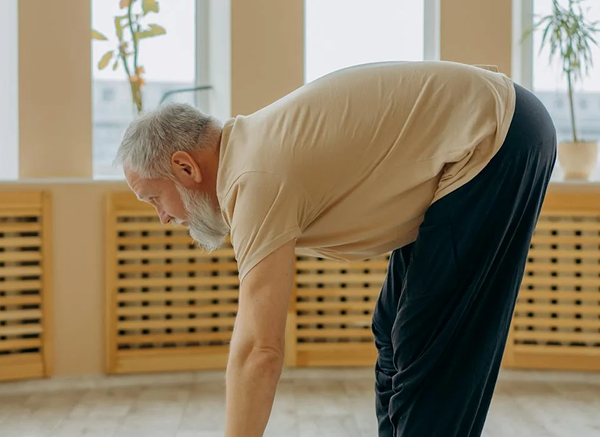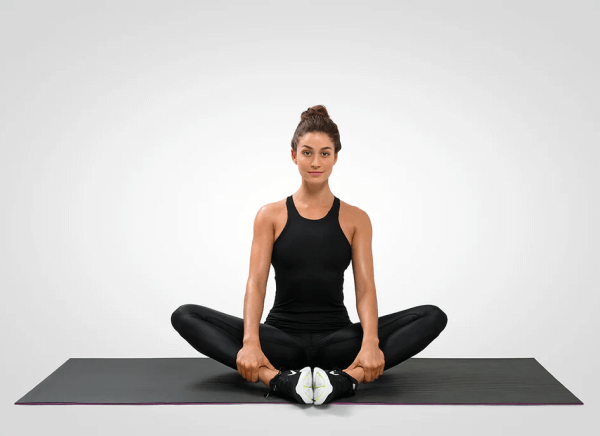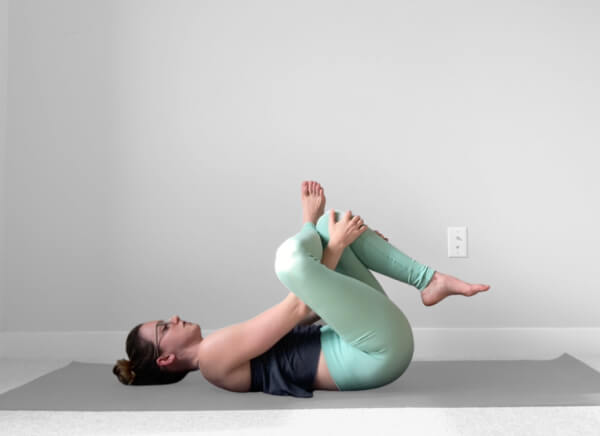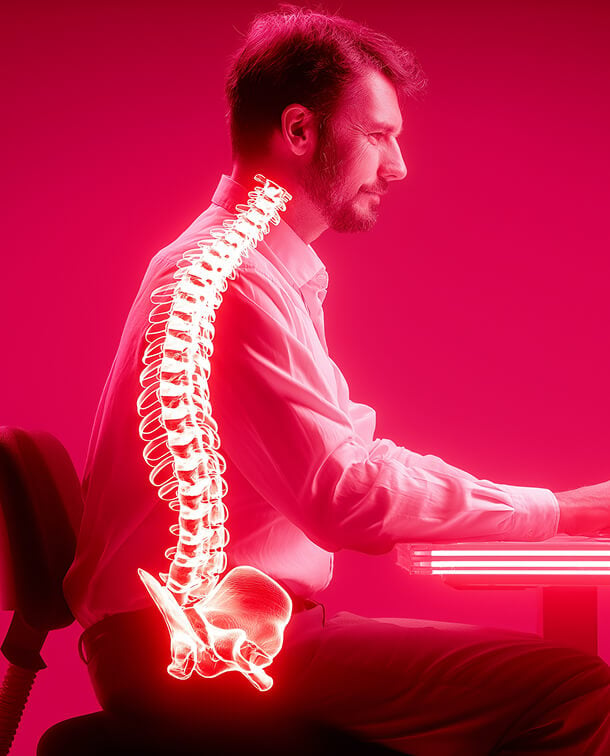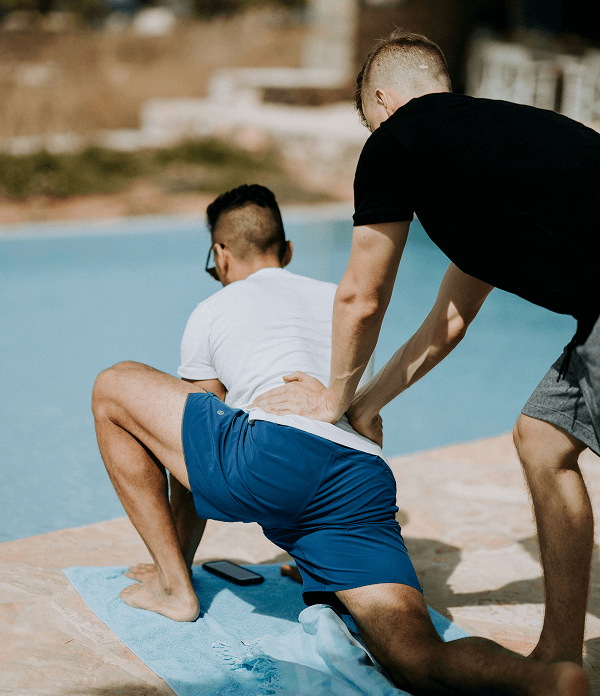Adding a cushion to your office or gaming chair might cause more problems than it solves. As a therapist and posture specialist, I understand the appeal of adding a cushion to your office or gaming chair. After all, who doesn’t want a little extra comfort when they’re spending hours sitting at a desk or gaming? But while it may feel good in the short term, adding a cushion can often do more harm than good.
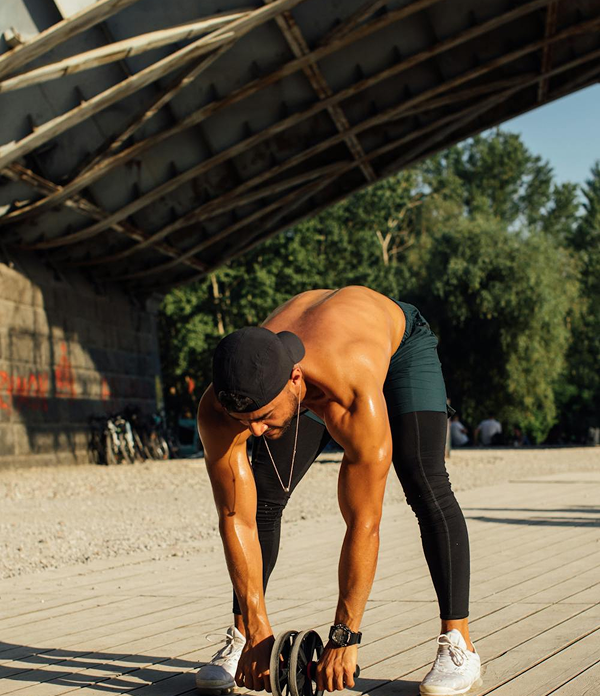
ANTHROS BLOG
June 4th, 2025
Stretches for Pelvic
Floor Dysfunction:
Release, Restore, and Rebalance
Pelvic floor dysfunction (PFD) affects both men and women and is often overlooked as a source of pain, incontinence, or discomfort. Whether you’re dealing with tight pelvic muscles, constipation, or lower back pain, stretching can be a powerful and natural part of your recovery.
While strengthening exercises often get the spotlight, overactive or tight pelvic floor muscles (hypertonicity) can be just as disruptive—and that’s where stretching and posture correction come in.
To learn more about pelvic floor dysfunction, its causes, and ICD-10 coding, visit our Pelvic Floor Dysfunction Resource Page.

Why Stretching Helps Pelvic Floor Dysfunction
Your pelvic floor muscles act like a supportive hammock for your bladder, intestines, and reproductive organs. But when they’re constantly tense or restricted, it disrupts normal function and leads to symptoms like:
✔ Pelvic pain or pressure
✔ Difficulty fully emptying the bladder or bowels
✔ Painful intercourse
✔ Chronic lower back, hip pain, or tailbone pain
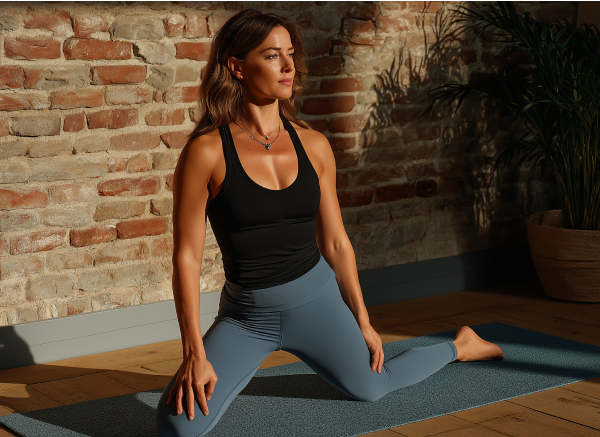
Top Stretches for Pelvic Floor Dysfunction Relief
Incorporate these gentle stretches into your daily routine to promote relaxation and mobility. Hold each stretch for at least 30 seconds and focus on diaphragmatic breathing while you move.
1. Child’s Pose (Balasana)

Gently lengthens the spine and releases tension in the hips and pelvic floor.
✔ Kneel on the floor with your big toes touching and knees spread apart.
✔ Sit back onto your heels and extend your arms forward, resting your forehead on the ground.
✔ Take slow, deep belly breaths to relax the pelvic muscles.
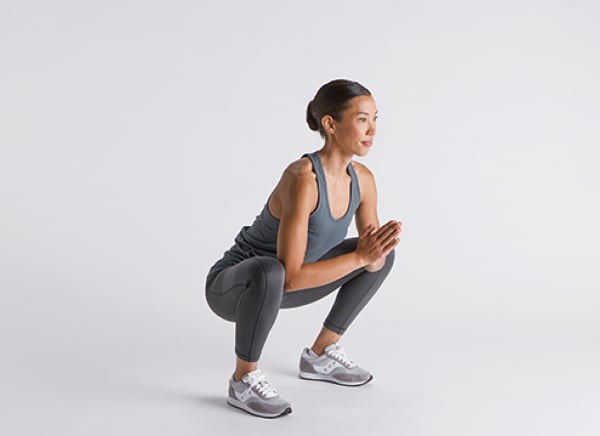
2. Deep Squat Stretch (Malasana)

Naturally opens the pelvic outlet and relaxes the perineum.
✔ Stand with feet slightly wider than hip-width apart.
✔ Lower into a deep squat, keeping heels on the floor (use a yoga block for support if needed).
✔ Place your elbows inside your knees, pressing your palms together.
✔ Relax your pelvic floor as you breathe deeply.
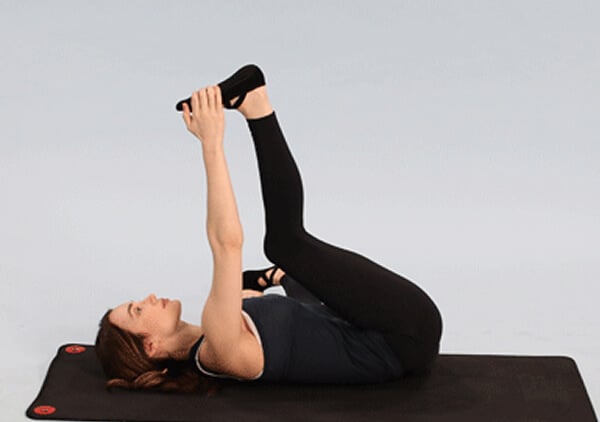
3. Happy Baby Pose (Ananda Balasana)

Gently stretches the hips and relaxes pelvic tension.
✔ Lie on your back and bring your knees toward your chest.
✔ Grab the outside edges of your feet (or behind the knees if that’s more comfortable).
✔ Gently rock side to side, feeling a release in your pelvic region.
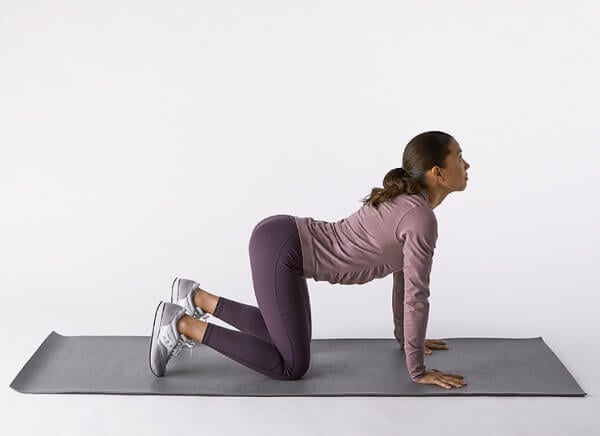
6. Cat-Cow Stretch

Mobilizes the spine and lightly massages the pelvic floor.
✔ Start on all fours with your hands under shoulders and knees under hips.
✔ Inhale, arch your back, lift your chest, and tilt your pelvis forward (Cow Pose).
✔ Exhale, round your back, tuck your pelvis under, and bring your chin to your chest (Cat Pose).
✔ Flow between these two positions slowly, syncing with your breath.
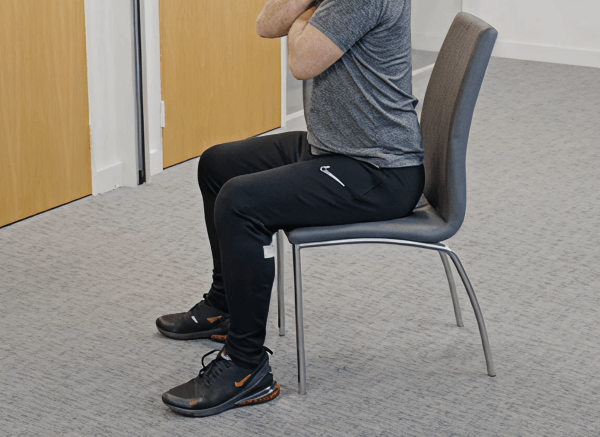
The Posture-Pelvic Floor Connection
Stretching is crucial, but posture habits are just as important for long-term pelvic health. Poor sitting posture—like slouching, excessive arching, or tucking your pelvis—can create ongoing tension in the pelvic floor.
Tips to Support Pelvic Alignment:
✅ Sit on your sit bones – Avoid tucking your pelvis under, which shortens pelvic muscles. Sit upright with your weight on your sit bones.


✅ Maintain a neutral spine – Don’t over-arch or overly round your back. Neutral alignment helps your muscles stay balanced and relaxed.

✅ Use a supportive chair – Choose a chair like the Anthros chair, which encourages pelvic alignment and spinal support. Poor seating can worsen pelvic floor dysfunction over time.
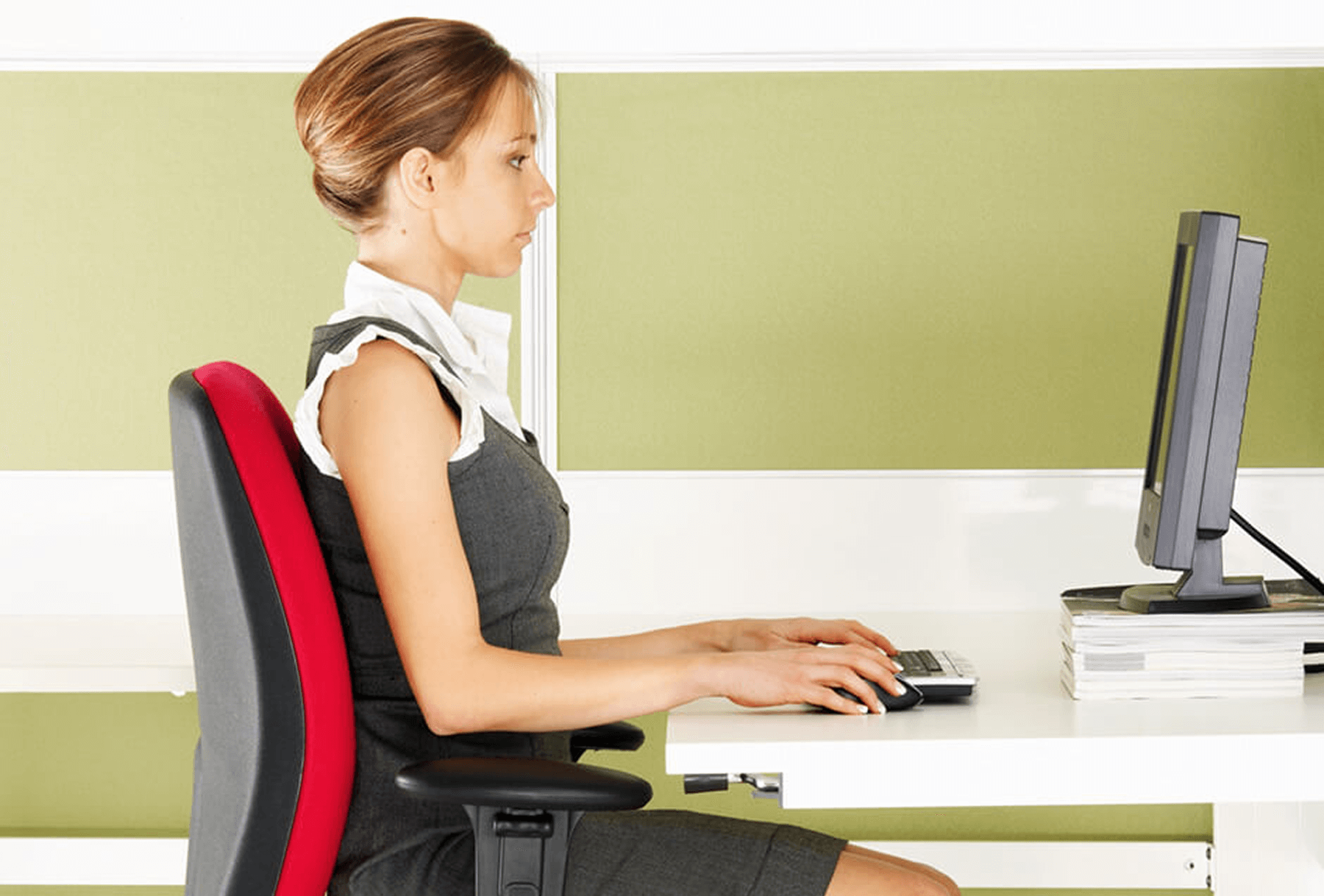
✅ Practice deep breathing – Diaphragmatic breathing helps release pelvic floor tension. Upright posture supports natural breathing patterns.

Start Restoring Pelvic Balance Today
Pelvic floor dysfunction is often about imbalance—not just weakness. With daily stretching, mindful posture, and proper seating support, you can reduce discomfort and restore function.
Need more guidance? Consult a pelvic floor physical therapist to create a customized recovery plan.
Disclaimer: This blog is for informational purposes only and should not be used as a substitute for professional medical advice. Always consult with a healthcare provider for any concerns or symptoms you may be experiencing.
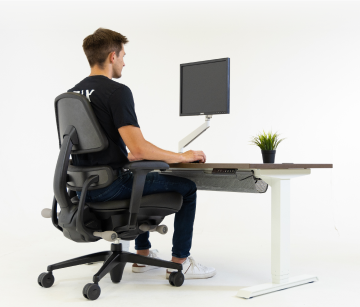
Recent Post
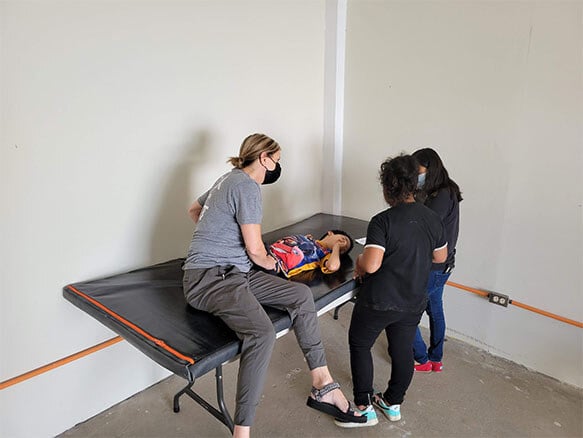
Four Lessons About Seating Everyone Can Learn from Wheelchair Users
September 18, 2025Working with wheelchair users has been an...

People Over Profits: Why Anthros Puts Comfort and Care First
September 17, 2025At Anthros, our mission is simple: to put people...




